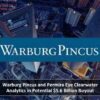Artificial intelligence (AI) is transforming the way Australia conducts trading in the foreign exchange (forex) market. As algorithmic trading proliferates in major financial centres, local brokers, fintech companies, and institutional traders are quickly embracing AI to make decisions faster and more accurately.
This change is a source of opportunity and challenge for Australian traders, especially those who specialise in AUD pairs. The increasing application of AI in forex trading platforms marks a significant turning point for the country’s financial ecosystem.
Forex Trading 2025: AI The New Standard
The use of AI in foreign exchange is expected to become the norm globally by 2025. High-level trading systems are currently based on deep learning, reinforcement learning, and predictive analytics to spot patterns that can not be identified with the human eye. These models examine real-time macroeconomic variables, sentiment, and technical indicators to predict market movement.
The latest advancements in multi-agent reinforcement learning demonstrate that AI systems can optimise trade execution in several forex pairs. The frameworks outperform traditional models, especially in dynamic environments. AI in forex trading is not a new phenomenon; it has become a core part of the current financial strategy.
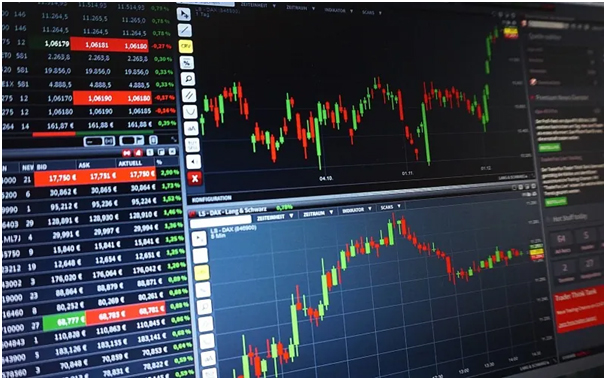
Advanced AI models analyze real-time data to forecast forex price movements.
To manage order execution risk, automate order placement, and monitor real-time liquidity, the use of AI on algorithmic trading platforms and brokers is on the rise in Australia. The technology has also become indispensable to traders who want to be efficient and competitive in the AUD forex market.
Expanding Algorithms Trading Ecosystem in Australia
Algorithmic trading has been adopted in the Australian financial sector more quickly than anticipated. Major brokers have become API accessible, offering no-code automation tools and sophisticated data analytics. This enables traders to create, debug, and execute automated strategies in controlled settings.
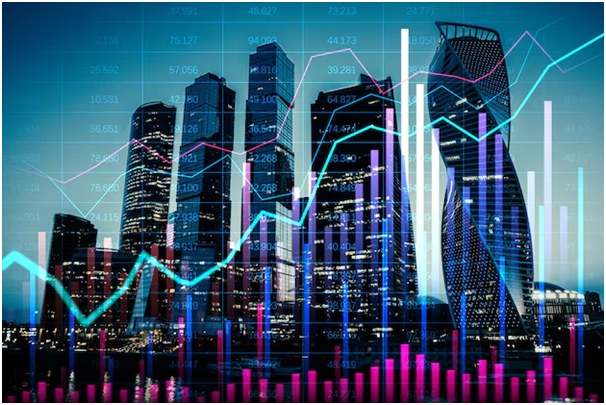
Australia’s fintech sector is driving the expansion of AI-based trading platforms.
The Australian Securities and Investments Commission (ASIC) is still refining its regulation of algorithmic trading. Regulators promote AI innovation, focusing on transparency, data security, and systemic stability. This has also translated into an increase in investment related to AI in the broader Australian economy as part of the national digital transformation agenda.
Fintech startups and incumbent brokers in the area have introduced AI-based features that simplify trading for both retail and institutional customers. The Australian market now offers the complete range of AI forex trading tools, including automated bots and sentiment-based analytics.
Aud Forex Market: Opportunities and Risks
The Australian dollar is also among the most widely traded currencies in the world, which is why it serves as a crucial test ground for AI-based forex systems. Nevertheless, AUD pairs have special challenges that demand specialised model design.
- Commodity Dependence: The value of the AUD is directly linked to the global commodity prices of iron ore and coal. To remain accurate, AI models that trade AUD pairs must incorporate both commodity data and macroeconomic indicators.
- Policy and Volatility: The Reserve Bank of Australia (RBA) continues to impact AUD performance through its use of monetary policy. AI systems, which contain event-detection algorithms, can increase or reduce exposure before RBA announcements are made to limit volatility.
- Liquidity Concerns: Although AUD/USD is highly liquid, other pairs such as AUD/NZD or AUD/SGD may be subject to slippage. The algorithmic systems should maximise execution time and order quantity in order to reduce losses.
- Model Drift: AI models trained on outdated data are likely to exhibit poor performance. Ongoing retraining and validation will be essential to ensure reliability in response to changing market dynamics.
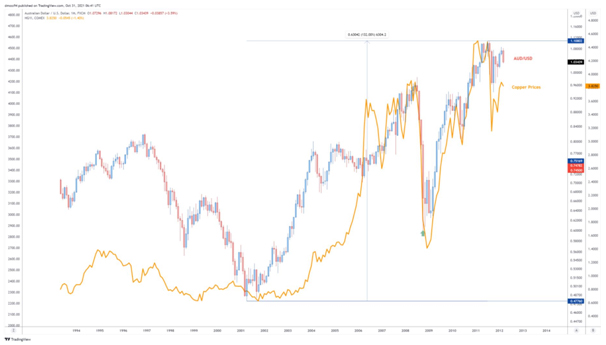
AI trading systems must adapt to AUD’s commodity-driven volatility and policy shifts.
Market integrity and regulatory Evolution
The increasing application of AI in forex has led regulators worldwide to enhance their control mechanisms. Australia is no exception. ASIC has also been reported to consider making high-speed algorithms mandatory, equipped with kill switches, to prevent uncontrolled trading.
It is also of regulatory interest to have data transparency, fairness, and accountability in AI decision-making. Financial regulators worldwide caution that automated systems can exacerbate volatility when left unchecked. The Australian regulators are thus being proactive in an attempt to balance innovation with investor protection.
Simultaneously, new digital asset and tokenised custody legislative reform proposals suggest that Australia is on the verge of regulating all AI-based financial technology types under a single framework. These efforts are designed to ensure integrity in both traditional and digital markets.
Artificial intelligence-based forex trading strategies have gained popularity.
In 2025, AI-based forex systems will typically employ a combination of algorithmic approaches that dynamically adapt to the market’s behaviour. The most popular include:
- Momentum Trading: The algorithm detects excellent directional patterns in forex pairs and executes a trade when the market movement changes speed.
- Mean Reversion: Statistical models are based on temporary changes to long-run price averages.
- Event-Driven Trading: Systems employ natural language processing to evaluate statements by central banks, economic news, and changes in sentiment.
- Ensemble Methods: Hybrid models are a combination of many strategies, which automatically switch between them based on volatility and trend conditions.

AI systems deploy multiple forex trading strategies, from momentum to event-driven analysis.
AUD pairs are commonly subject to rapid changes, and these AI forex trading systems are particularly valuable in managing such sudden fluctuations. However, to prevent overfitting and to accommodate the global dynamics, which continuously evolve, traders must constantly revise and optimise them.
Best Practice Australian Traders
The success of algorithmic trading in Australia relies not only on technology but also on discipline and effective risk management. According to the experienced traders, the best practices in 2025 will be as follows:
- Begin with Simulation: Prove your capital out before roll-out by conducting significant backtesting and paper trading.
- Keep the Human Control: Automated systems should be monitored when the market undergoes unforeseen changes.
- Implement risk controls by setting limits on maximum drawdowns, implementing stop-loss restrictions, and establishing circuit breakers.
- Regular Retraining: Retrain algorithms with current data to minimise drift and bias.
- Choose Trustworthy Brokers: Select brokers regulated by ASIC that facilitate AI automation, low latency, and transparent execution.
- Ensure that it can be audited: It is essential to document all algorithmic actions properly to meet any future legal requirements.
- Stay informed: Monitor RBA announcements, commodity price movements, and other global economic developments that may impact the AUD forex market.
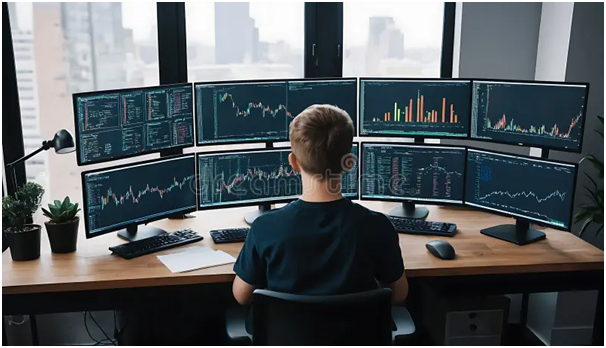
Successful AI traders combine automation with strong human oversight and disciplined risk control.
The combination of these practices will enable traders to overcome the challenges of AI forex trading in Australia and remain compliant and competitive.
Also Read: AI in Geology: How Predictive Models Are Accelerating Mineral Discoveries
Final Thoughts
AI is transforming forex trading across the globe, and Australia is leading the way. The rapid adoption of algorithmic systems and AI-enhanced analytics has streamlined trade, making it more precise and data-driven.
Nevertheless, there is also a need for stronger governance, constant monitoring, and responsible design using the same technology. As AI becomes increasingly entrenched in the forex infrastructure, traders should use it carefully while being innovative.
The second step of the Evolution of the Australian forex will not depend on its computing power as much as on the successful integration of human experience and machine intelligence by the traders. The adaptable will be in significant positions in an increasingly competitive and automated market world.







